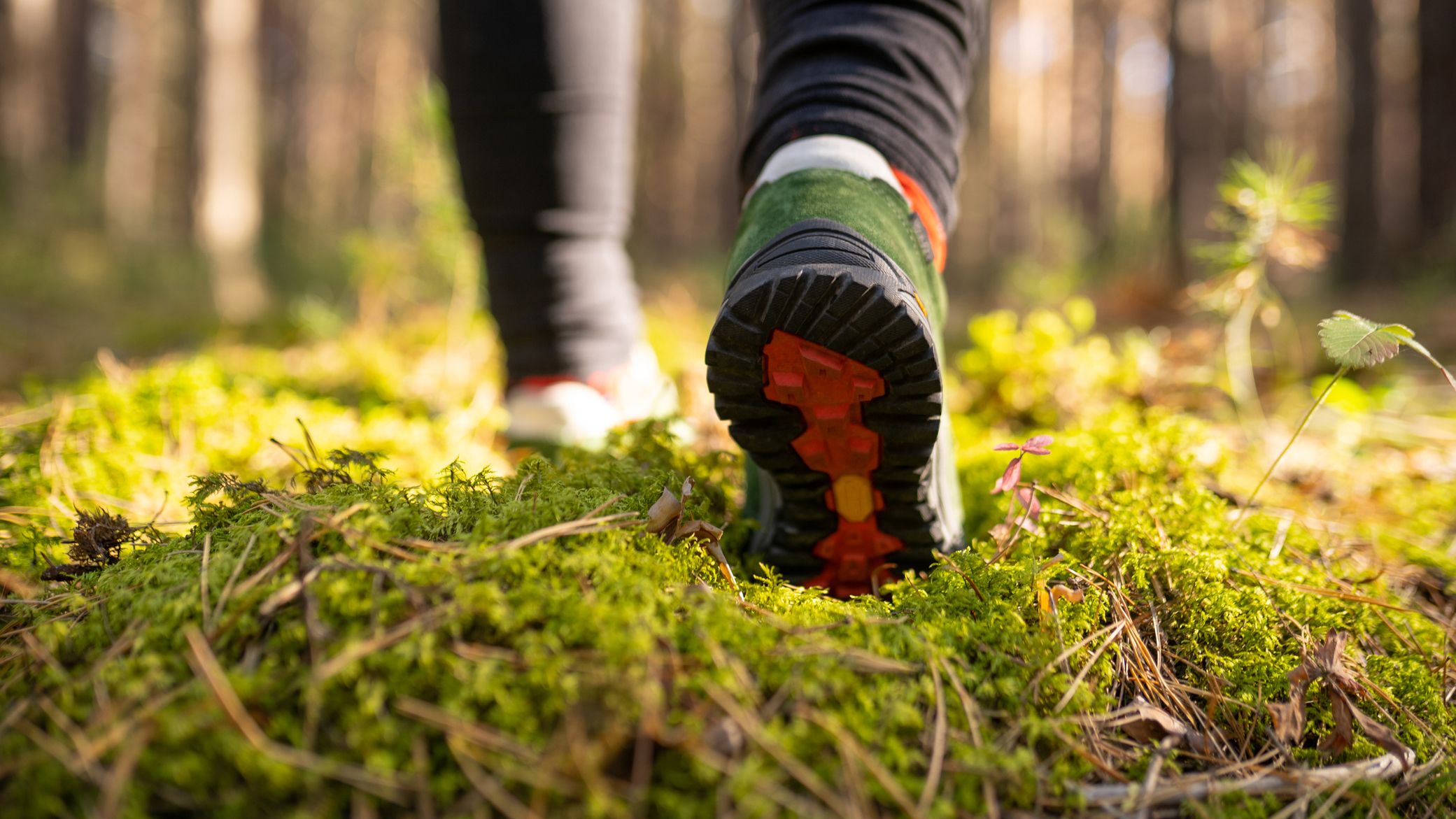
If you enjoy exploring the outdoors, there’s a high chance that you’re an environmentally aware person who appreciates green spaces and wild places and would prefer to see them stay as they are rather than be annihilated by climate change. If this is the case, in this article, we offer seven ways to reduce your carbon footprint so that future generations might enjoy the same trails you do now.
Done with thought and consideration, you might think that hiking and camping are very low-impact activities that don’t negatively impact the natural environment too much. In fact, some scientific reports (external link) have offered evidence that the carbon footprint of outdoor active-sport participants can be significantly (up to 40%) more significant than those who engage in mainstream team sports.
This is because activities such as hiking, backpacking, biking, camping and climbing are gear heavy and often enjoyed by individuals (rather than groups) who sometimes travel long distances alone to pursue their pursuits. Read on for a few factors to remember if you want to tread lightly on the planet.
1. Explore local
Everyone has a wish list of trails they want to walk, peaks they plan to climb and picturesque places they dream of pitching a tent. But not every escapade needs to involve a flight or long car ride to the trailhead – especially if you’re trying to adventure in an environmentally responsible way. Get a good topographical map that covers your local area and see what’s out there within walking distance that looks interesting, including campsites. Set yourself a challenge to put together a great circular day walk or overnight hike right from your front door.
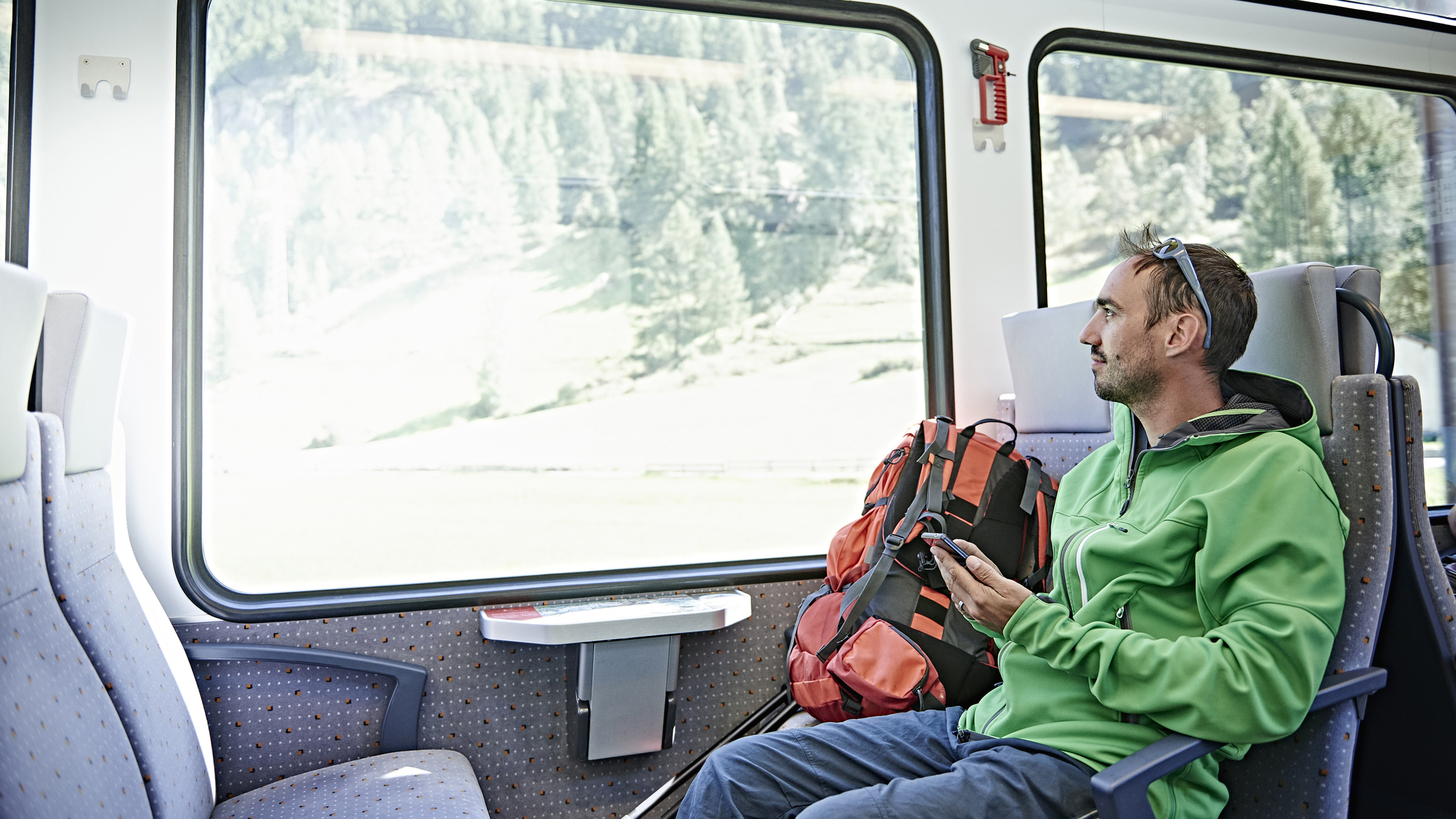
2. Travel smart to the trailhead
Obviously, occasionally you will want to explore further afield as well and meet up with friends who live outside your area. If possible, pick paths that are accessible from a train station or bus stop and take public transport to the trailhead. Starting and finishing a walk in this way takes an extra layer of planning, but scoping out an adventure is part of the fun.
Plus, if you’re not driving, you can always celebrate the end of a hiking mission with a pint in the pub. If it’s really not possible to use public transport, at least arrange a rendezvous point or pick people up en route to the trailhead so you can car share – not only does this reduce the collective carbon footprint of your group, but it also vastly cuts down on parking pressure at trailheads, which can be a big issue.
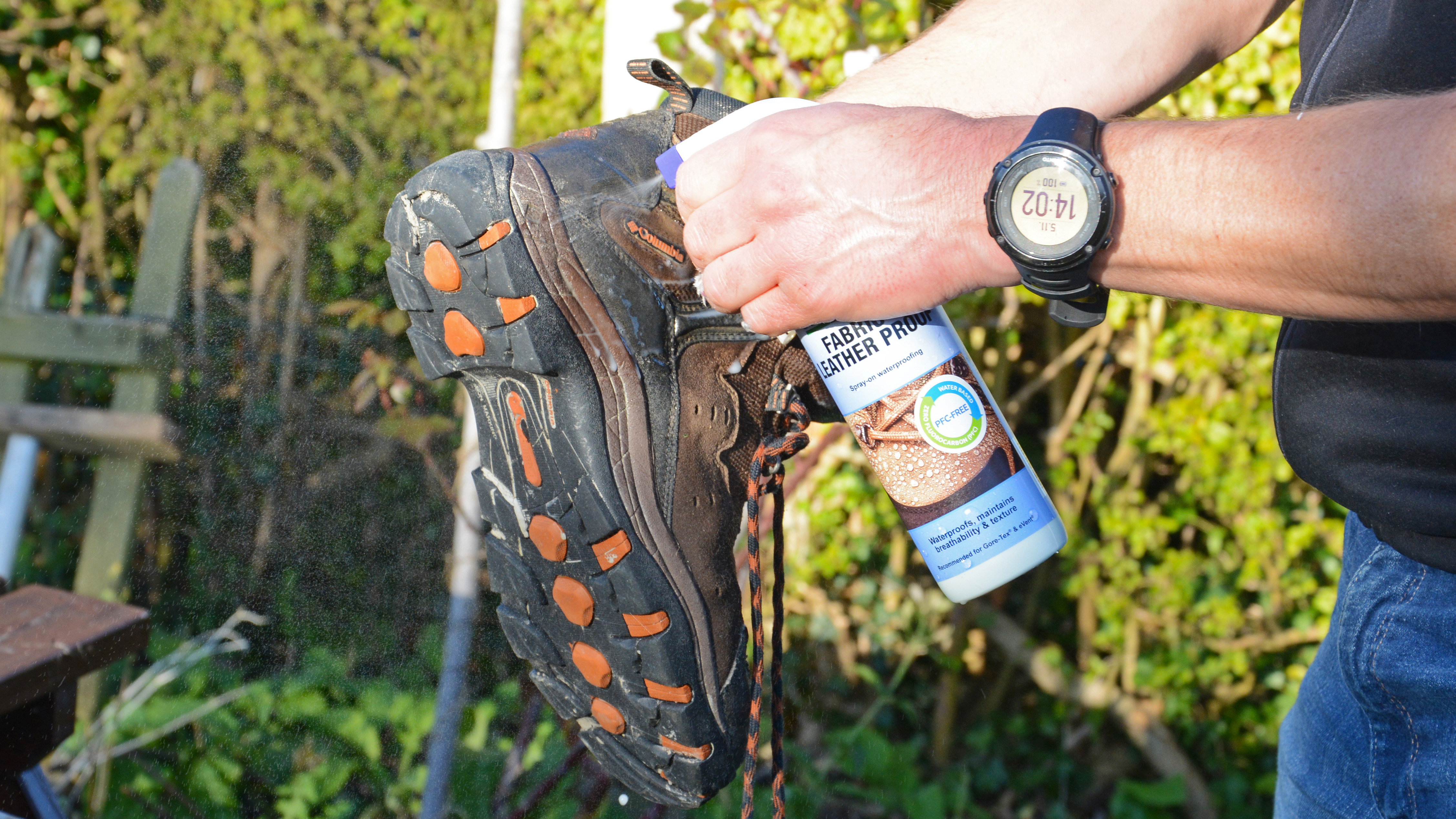
3. Keep your kit planet fit
From an environmental perspective, the best hiking and camping gear you can possibly use is the stuff you already own. Although things are improving, production processes are the enemy of the environment, and disposing of non-recyclable and non-biodegradable gear is also a major problem. So, look after your equipment to improve its lifespan.
When the performance of your best waterproof jacket, or a pair of hiking boots, starts to drop, use a re-waterproofing treatment (offered by brands such as Nikwax and Grangers and widely available) to restore the gear to its former glory. Your best backpacking tent, too, can be completely rejuvenated with the application of some seam sealer and a re-application of DWR (durable water repellent).
This simple process will significantly reduce your carbon footprint and save you a load of cash. Some brands, including Páramo and Decathlon (both retailer links), offer repair services and workshops for their kit.
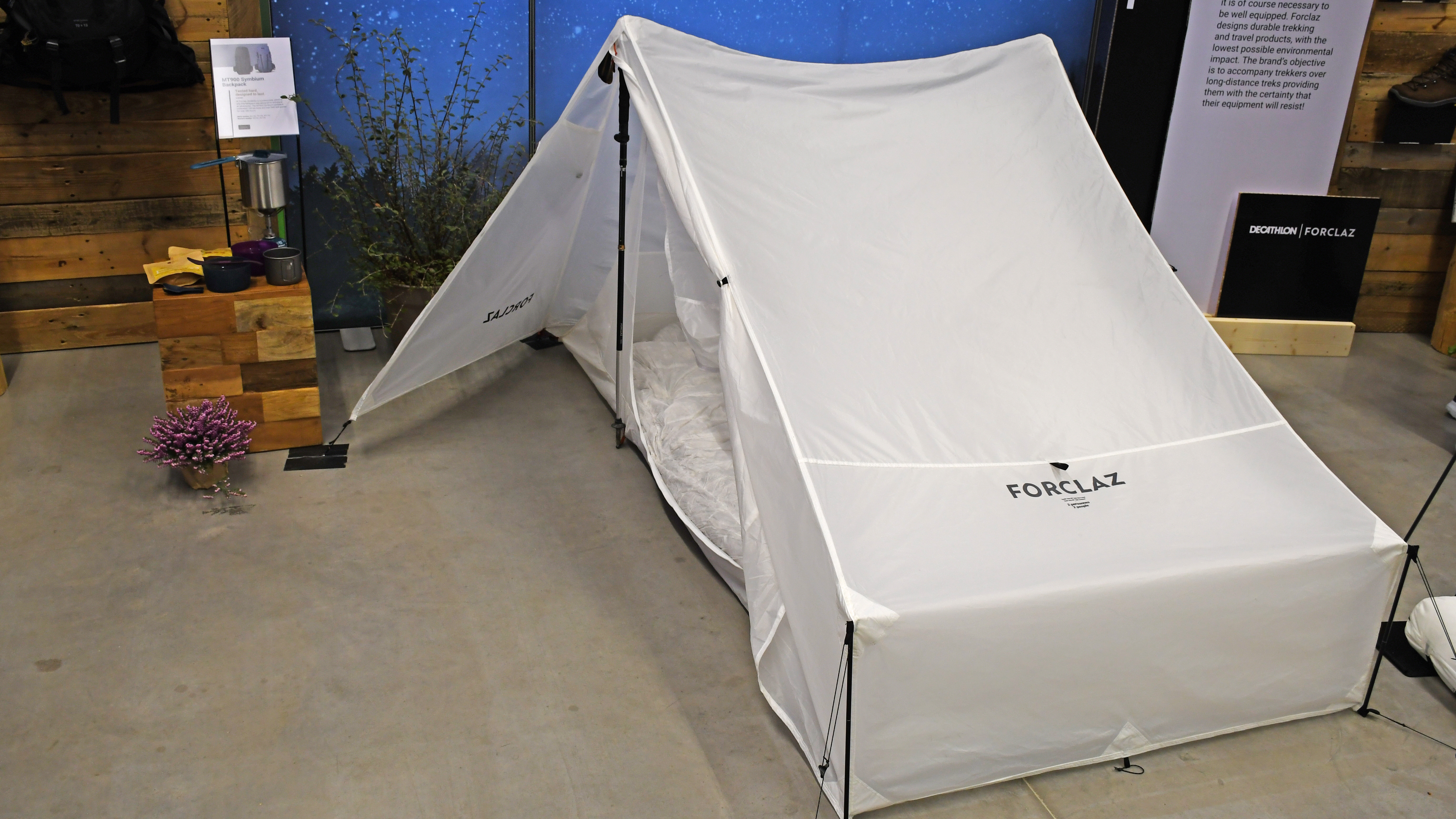
4. Support best-practice brands
At some point, your gear will really give up the ghost. When this happens, and you need to replace an important piece of apparel or a key bit of kit, try to support brands that exhibit genuine concern for the environment in their production processes, from the materials used right through to where the gear is manufactured and transported from.
There is a lot of greenwashing going on out there, so don’t be fooled by every claim, but quantifiable things to look out for include the quoted percentage of recycled material in a product, the avoidance of harmful PFCs/PFAS, and the use of non-toxic dyes (or, even better, no dye at all because dying is a very water-intense process).
Progressive brands such as Patagonia and Páramo have really led the way in this area, but almost all manufacturers of outdoor gear are now making an effort to at least appear environmentally friendly. During a recent visit to the alpine HQ of Decathlon, I was really impressed at how much focus is being dedicated to using recycled and recyclable material and also on making products such as tents and sleeping bags with no dye used at all.
Some outdoor brands are leading members of initiatives such as 1% For The Planet, which sees 1% of all members’ profits go towards environmental programs. But it’s tricky to cut through all the questionable marketing out there to assess the true environmental credibility of companies, and there are multiple layers to this issue (a brand’s eco-footprint goes well beyond the components and chemicals used in their gear to their supply chain and the set-up of their factories).
The best approach is to do your research and ask searching questions (in a public forum if possible). And there are websites out there which can help, too, such as Ethical Consumer.
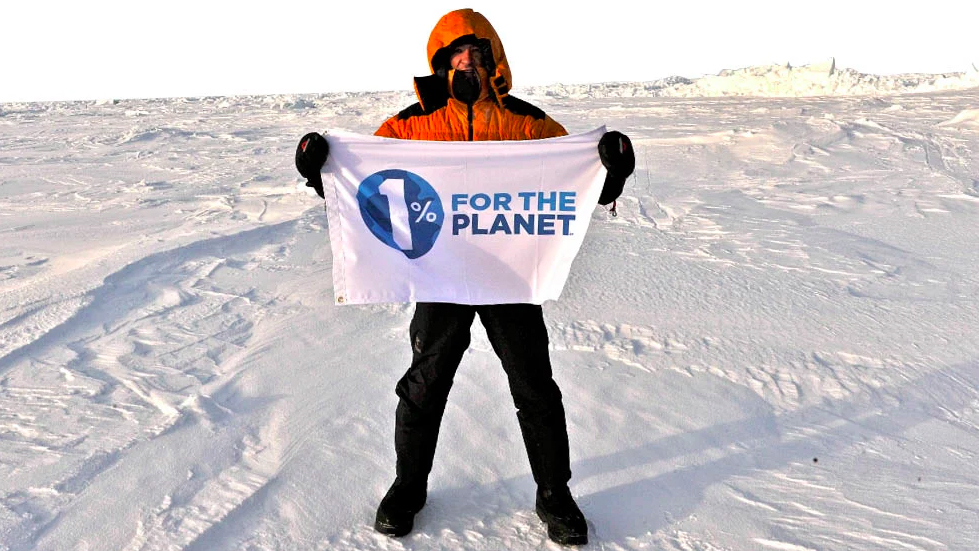
5. Buy smart, not cheap
Good outdoor gear can be eye-wateringly expensive, but it’s better (both for your pocket and the planet) to buy something once and get many years’ use out of it rather than replacing the kit after a few months because cheap materials and poor production quality have rendered it useless. This is true of everything from hiking backpacks to tents, tables and camping chairs.
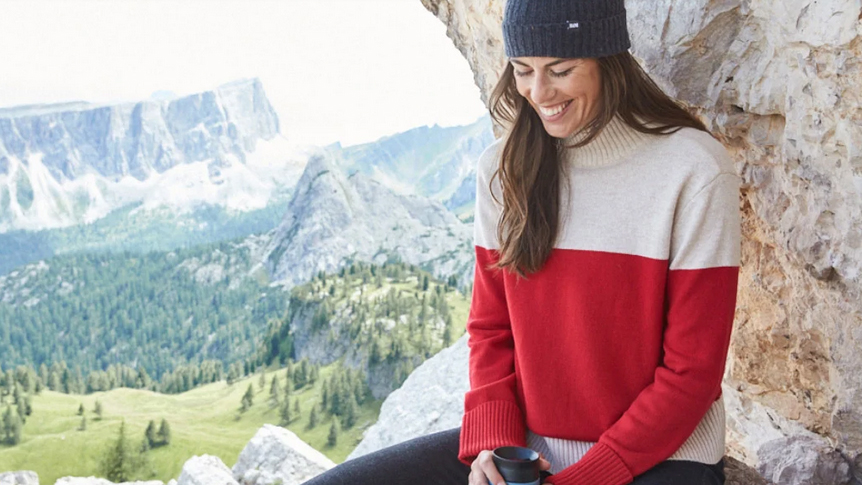
6. Think about the fabrics you wear
This is clearly connected to the point above, but one way to instantly reduce your carbon footprint is to choose apparel made from natural materials such as bamboo, hemp and merino wool rather than poly-based synthetics. The latter is basically made from plastic, are horribly polluting to produce and are completely non-biodegradable (unless they’re incinerated – itself a toxic-heavy process – they will still be here on this planet long after you have checked out).
Although sourced from animals, which do contribute to emissions, the carbon footprint of merino wool, used in many of the best base layers out there, is still lower than almost all other textile fibres (excluding hemp and bamboo) because sheep graze on non-arable land and rough terrain.
Used extensively by outdoor-active brands like BAM (retailer link), bamboo has a low impact on the environment because it needs very little irrigation or pesticides, grows super fast and stores carbon – and it’s tough, long-lasting and biodegradable.
Besides being produced in a less carbon-heavy way, both merino wool and bamboo naturally contain anti-bacterial elements, which means garments made with these materials stink less and don’t require washing as often, which further reduces their environmental impact.

7. Micro measures
The most impactful steps you can take to reduce your carbon footprint when hiking and camping are to travel less, buy less (and buy better informed) and use your purchasing power to put pressure on brands to improve their production processes. But there are also many little things you can do to lessen your carbon footprint, including the following:
- Having a fire can be one of the great joys of camping, but burning wood isn’t great for the environment. Most of the time, it’s quicker and more environmentally friendly to use a good camping stove to cook with. If you do have a fire, use only dead timber, don’t be wasteful with fuel (keep your fire sensibly sized) and take great care to avoid a blaze getting out of control or damaging surrounding flora.
- Don’t buy bottled water unless there is literally no other choice. Out on the trail, use a good water purifier, and before leaving home or camp, fill your hiking bottle or hydro pack with potable water from the tap.
- Embrace being off the grid for a bit, and use non-electric devices to work out where you are and navigate to where you want to go. When you do need to top up the battery of an electric device, use a solar charger.
- Camping lanterns, flashlights and head torches are obviously super useful in myriad situations. In the evening, however, don’t have electric / gas lights needlessly blazing away – kick back and check out the stars (even when the night isn’t completely clear, it’s surprising how much you can see in the night sky as the clouds blow over.







